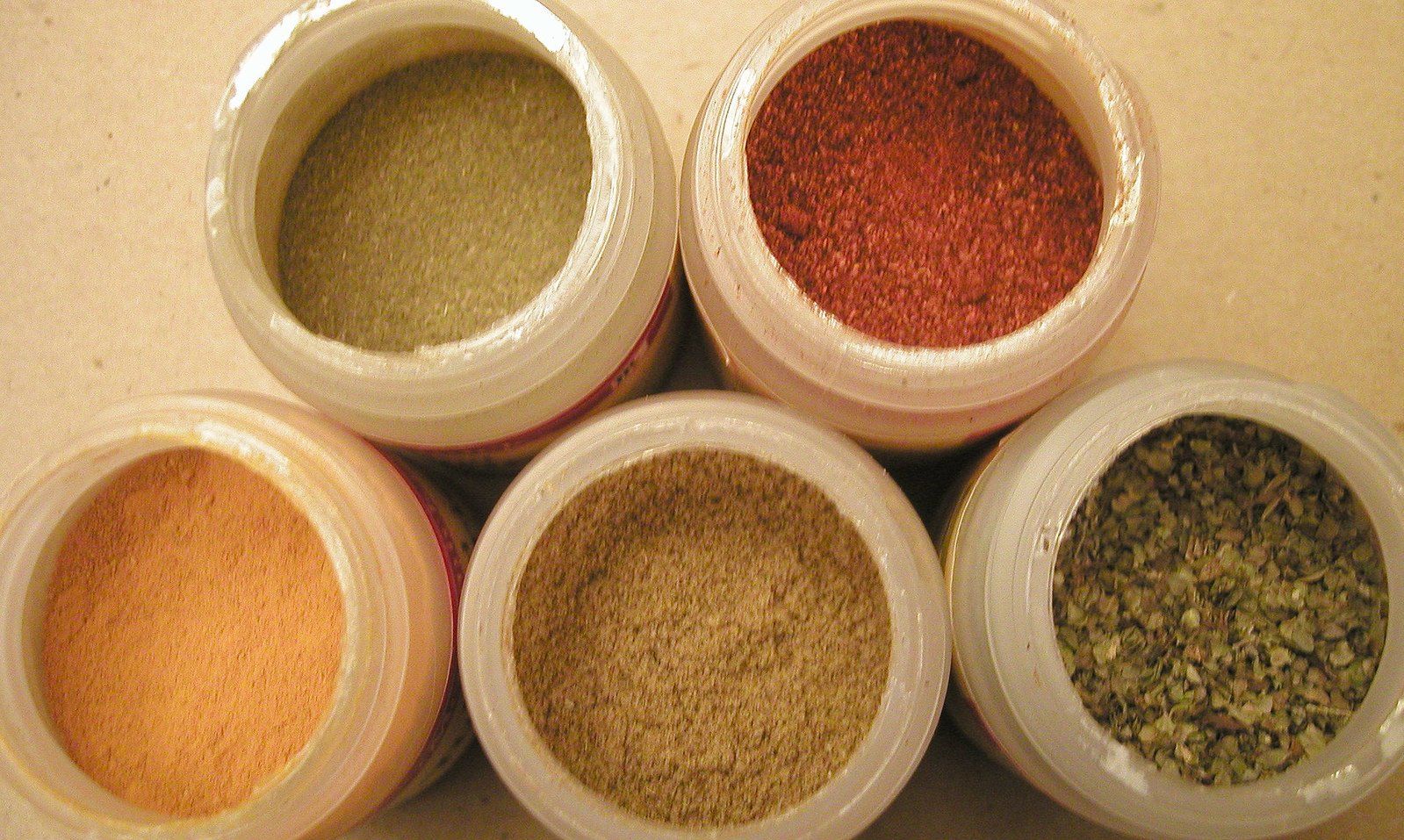Herbs and spices have a long history of use. They play an essential role in cultural heritage and the appreciation of food and its health benefits. Using scientific methods to demonstrate the advantages of foods remains a problem, especially when compared to the criteria used to evaluate pharmacological drugs. Pharmaceuticals are refined and concentrated small-molecular-weight substances that are eaten. Food is consumed in various ways, in relatively large, unmeasured quantities, in highly socialized settings. The actual challenge is identifying what these benefits are and establishing techniques to reveal them through scientific means, rather than showing whether foods, such as herbs and spices offer health benefits.
Herbs and spices and their health benefits:
- In light of the role of oxidative modification of low-density lipoprotein cholesterol in the development of atherosclerosis, the antioxidant capabilities of herbs and spices are of particular interest.
- There is level III-1 evidence that 7.2 g of aged garlic extract has been linked to anticlotting and mild blood pressure decreases.
- Various bioactive chemicals found in herbs and spices have been examined in animals for anticarcinogenic capabilities. Still, the challenge is combining this knowledge to see if any effects can be noticed in people and specific cuisines. The effects of herbs and spices on mental health should be distinguished from age-related cognitive decline and the acute effects on psychological and cognitive performance in research. Some herbal supplements have level I and II evidence for their influence on psychological and cognitive performance.
- Scientific data for the effects of herbs and spices on type 2 diabetes mellitus is quite insufficient, with the best evidence available for the effect of ginseng on glycaemia, but based on just four research.
- As people become more interested in non-steroidal anti-inflammatory drugs as a treatment for chronic inflammation, more study is being done on food extracts. The use of ginger to relieve arthritic knee pain has level II evidence; nonetheless, the improvement is minor. The efficacy of ginger treatment is placed below that of ibuprofen. There is a need for a more conclusive study.
- Cinnamon bark is the source of this popular spice used in everything from pumpkin spice lattes to Cincinnati chilli. Cinnamon is very beneficial to patients who have high blood sugar levels. It gives meals a sweet taste without adding sugar. Studies show it can help people with type 2 diabetes lower their blood sugar levels.
- Spice is most known for its use in Indian curry meals. Still, it’s also a trendy superfood thanks to its ability to reduce inflammation, a common source of discomfort and sickness.
- Spices from a tropical plant that has been used in Asian civilizations to cure stomach discomfort, diarrhoea, and nausea for thousands of years.
- We are all familiar with garlic, the pungent-smelling bulb that’s usually used in cooking. However, you may not be aware that garlic consumption can protect your heart from changes that can lead to heart disease.
- Garlic consumption has been associated with blood vessel flexibility, particularly in women. Furthermore, research shows that garlic consumption lowers cholesterol and triglycerides.
- Cayenne pepper is a type of chilli pepper used in Southwestern American cuisine and Mexican, Creole, and Cajun recipes. Capsaicin is a compound found in cayenne peppers. It’s what gives them their spiciness and can also help with pain relief.
- Spices have been discovered to help lower tummy discomfort after surgery and relaxing pregnancy-related nausea. Ginger has also been shown in several trials to reduce the intensity of motion sickness or perhaps prevent it altogether. When used with anti-nausea drugs, it may even aid with chemotherapy-induced nausea and vomiting. (Ask your doctor before ingesting ginger if you’re on chemotherapy treatments, as it can interact negatively with sure of them.)
- Capsaicin inhibits the transmission of pain impulses to the brain. What’s the end result? You don’t feel as bad as you used to. It helps with arthritis pain and diabetes-related nerve damage. Capsaicin creams can be applied directly to joints and muscles.
Read More Blog:-Use Whole Grains in Your Daily Diet for These Health Benefits
Conclusion:
Whether you use spices fresh or dried, you will obtain the same beneficial components. However, frying or grilling meals with spices reduce the antioxidants. Microwave heating, simmering, or stewing foods with spices, on the other hand, increases the antioxidant content of the spices. Spices provide taste to food and make healthy meals tasty and fascinating, regardless of the other health benefits.
